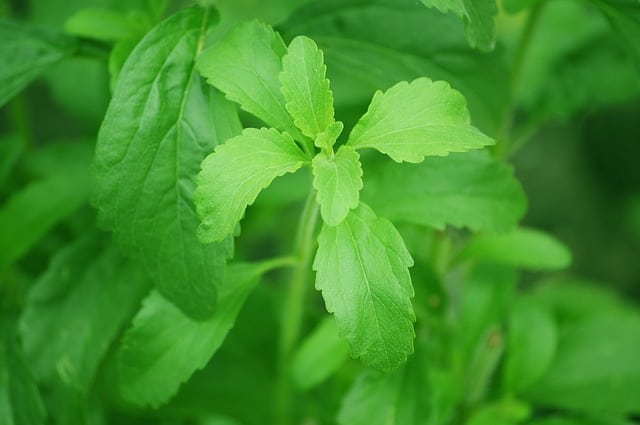A team of 27 scientists working with a major stevia supplier has created a systematic way to spot blends of steviol glycosides with outstanding taste performance. With data from a huge sensory study they built a mathematical model of the interactions between key glycosides. The model reveals the glycoside mixes that taste the best – and those that don’t.
“This approach systematically pinpoints stevia blends that deliver superior taste, allowing for unprecedented levels of sugar reduction while keeping taste quality, an important attribute today with the U.S. Department of Agriculture’s (USDA) Dietary Guidelines calling for significant cuts in daily sugar intake,” said Dr. John Fry, an internationally acknowledged expert on high potency sweeteners.
Extensive sensory studies
Around 100 trained panellists labored over more than two years to characterize each of the most abundant glycosides in stevia leaf. Difference, descriptive, threshold and quantitative panels all played a part. As well as concentration-response relationships for sweetness, for the first time curves for bitterness and liquorice were produced (the latter two being attributes that had negatively impacted earlier stevia sweeteners). The panels went on to look at taste interactions in two-, three- and four-component mixtures.
Sophisticated modelling techniques simplified the enormous compilation of data, allowing the taste of all possible combinations of certain glycosides to be displayed as color-coded pictures. These “maps” highlighted where sweetness was enhanced or undesirable side tastes reduced. Additional “contour plots” revealed glycoside blends that should interact positively. The “finding the sweet spot” chart (see links to access below) shows three such plots, one each for sweetness, bitterness and liquorice, overlaid on each other. The easily-seen highlighted area predicts the glycoside compositions with maximum sweetness intensity and minimum side tastes.
“The beauty of this technique is that the best candidate blends jump out at you, where it could take years of trial-and-error work to stumble on them by accident,” said Dr Fry.
Synergistic blends performed better than pure glycosides
The predicted blends were then created from pure glycosides and re-tested to confirm their outstanding performance in foods and beverages. One of the most important results of this research was that synergistic blends kept taste quality while allowing a 75 percent reduction in sugar. This compares with around 50 percent that was the maximum achievable with pure Reb A in typical carbonated beverages.
Alternative approach concurs
Elsewhere, other researchers found that the optimized blend of glycosides identified by a design of experiment platform outperformed Reb A, with the deep sugar reduced chocolate milk and no sugar added yogurt performing best with the optimized blends. These blend solutions both showed a significant improvement in taste compared to the single glycoside, Reb A.
Source: Kellen Communications – NY











